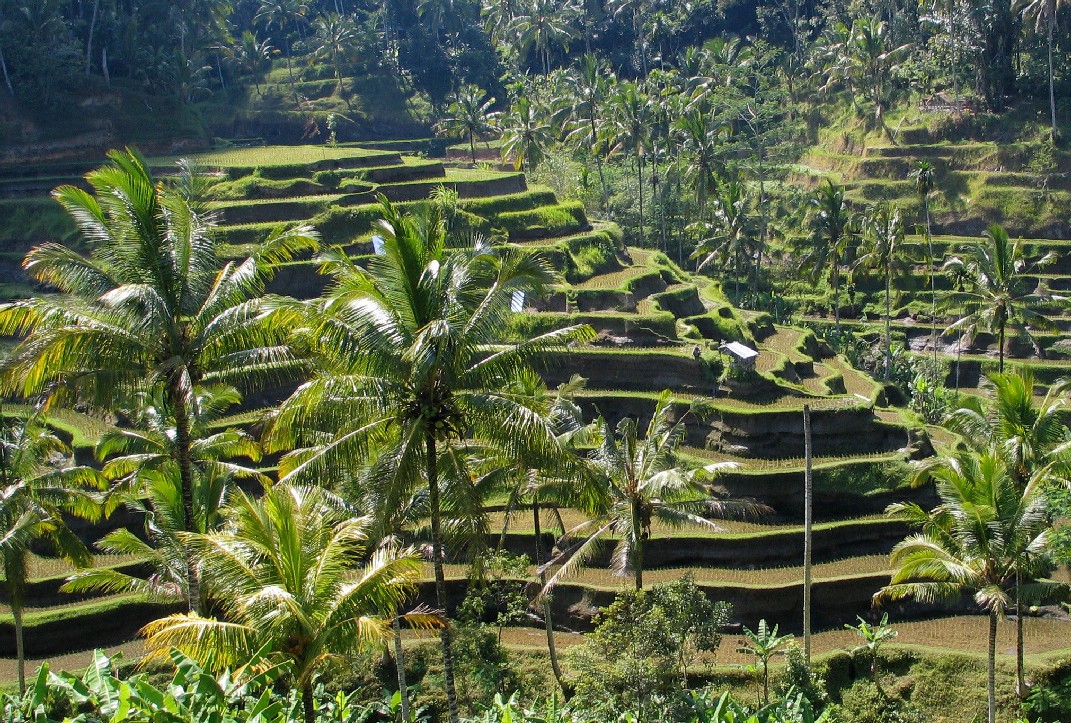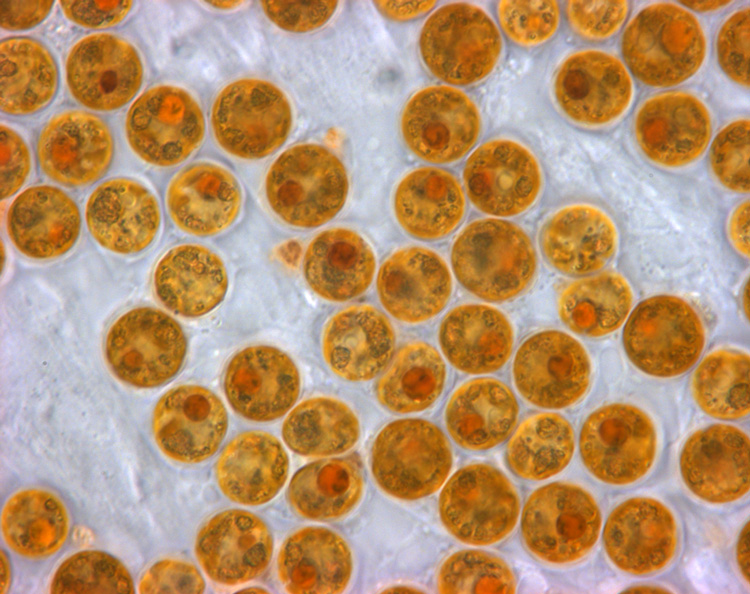|
Melithaeidae
''Melithaeidae'' is a family of corals in the suborder Scleraxonia. Members of the family are commonly known as sea fans and are found on reefs in the tropical regions of the Indo-Pacific.Family Melithaeidae Marine Species Identification Portal. Retrieved 2012-02-22. Description Members of the family Melithaeidae are arborescent colonial corals forming fans, bushes or trees. The axis or main skeletal "trunk" is jointed, there being nodes, flexible horny joints, separated by internodes composed of hard, calcareous material. The branches divide dichotomously at the nodes and these are often swollen. The minute calcareous spicules in the flexible membrane call ...[...More Info...] [...Related Items...] OR: [Wikipedia] [Google] [Baidu] |
Melithaea Ochracea
''Melithaea ochracea'' is a species of colonial soft coral in the family Melithaeidae, commonly known as knotted fan coral. It grows in tree-like fans on coral reefs in the South China Sea. It grows in tree-like fans on coral reefs in the South China Sea and is used in the jewelry industry under the name red spongy coral. Description Colonies of ''Melithaea ochracea'' are arborescent and usually grow to about long although much larger specimens can be found. They grow in one plane and have a branching, fan-shaped structure. The main skeletal stalk and branches are jointed, with swellings at the larger joints. The internodes are composed of hard, calcareous material while the joints are flexible and made of a horny material. The skeleton is covered by a flexible membrane, the mesoglea, which contains minute calcareous spicules or sclerites. The identity of these is important for distinguishing between different closely related species. In ''Melithaea ochracea'', they include ca ... [...More Info...] [...Related Items...] OR: [Wikipedia] [Google] [Baidu] |
Scleraxonia
Scleraxonia is a suborder of corals, a member of the phylum Cnidaria. Characteristics Members of Scleraxonia have a skeletal axis made of calcified spicules, organic fibres or both, which may be separate, linked or fused together. Families and genera There are nine recognised families in this suborder and over thirty genera, with four families ( Anthothelidae, Briareidae, Coralliidae and Subergorgiidae) containing some deep-water species and two families ( Paragorgiidae and Parisididae) being exclusively deep water. Families and genera in this suborder include: * Anthothelidae Broch, 1916 ** '' Alertigorgia'' Kükenthal, 1908 ** '' Anthothela'' Verrill, 1879 ** '' Briareopsis'' Bayer, 1993 ** '' Erythropodium'' Kölliker, 1865 ** '' Iciligorgia'' Duchassaing, 1870 ** '' Lateothela'' Moore, Alderslade & Miller, 2017 ** '' Solenocaulon'' Gray, 1862 ** '' Stereogorgia'' ** '' Tubigorgia'' Pasternak, 1985 ** '' Williamsium'' Moore, Alderslade & Miller, 2017 * Briareidae Gray, 18 ... [...More Info...] [...Related Items...] OR: [Wikipedia] [Google] [Baidu] |
Melithaea
''Melithaea'' is a genus of octocorals in the family Melithaeidae. Members of the genus are commonly known as fan corals and are found in the tropical Indo-Pacific region. The type species is ''Melithaea ochracea''.''Melithaea'' Marine Species Identification Portal. Retrieved 2012-02-22. Description Members of the genus ''Melithaea'' are arborescent colonial corals forming fan, bush or tree shapes. The axis or main skeletal "trunk" is jointed, there being nodes, flexible horny joints, separated by internodes composed of hard, calcareous material. The branches divide off at the nodes which are often swollen. The minute calcareous spicules in the flexible membrane called the |
Bali
Bali (English:; Balinese language, Balinese: ) is a Provinces of Indonesia, province of Indonesia and the westernmost of the Lesser Sunda Islands. East of Java and west of Lombok, the province includes the island of Bali and a few smaller offshore islands, notably Nusa Penida, Nusa Lembongan, and Nusa Ceningan to the southeast. The provincial capital, Denpasar, is the List of Indonesian cities by population, most populous city in the Lesser Sunda Islands and the second-largest, after Makassar, in Eastern Indonesia. Denpasar metropolitan area is the extended metropolitan area around Denpasar. The upland town of Ubud in Greater Denpasar is considered Bali's cultural centre. The province is Indonesia's main tourist destination, with a significant rise in Tourism in Bali, tourism since the 1980s, and becoming an Indonesian area of overtourism. Tourism-related business makes up 80% of the Bali economy. Bali is the only Hinduism in Indonesia, Hindu-majority province in Indonesia, ... [...More Info...] [...Related Items...] OR: [Wikipedia] [Google] [Baidu] |
John Edward Gray
John Edward Gray (12 February 1800 – 7 March 1875) was a British zoologist. He was the elder brother of zoologist George Robert Gray and son of the pharmacologist and botanist Samuel Frederick Gray (1766–1828). The same is used for a zoological name. Gray was keeper of zoology at the British Museum in London from 1840 until Christmas 1874, before the natural history holdings were split off to the Natural History Museum. He published several catalogues of the museum collections that included comprehensive discussions of animal groups and descriptions of new species. He improved the zoological collections to make them amongst the best in the world. Biography Gray was born in Walsall, but his family soon moved to London, where Gray studied medicine. He assisted his father in writing ''The Natural Arrangement of British Plants'' (1821). After being blackballed by the Linnean Society of London, Gray shifted his interest from botany to zoology. He began his zoological ... [...More Info...] [...Related Items...] OR: [Wikipedia] [Google] [Baidu] |
Family (biology)
Family (, : ) is one of the eight major hierarchical taxonomic ranks in Linnaean taxonomy. It is classified between order and genus. A family may be divided into subfamilies, which are intermediate ranks between the ranks of family and genus. The official family names are Latin in origin; however, popular names are often used: for example, walnut trees and hickory trees belong to the family Juglandaceae, but that family is commonly referred to as the "walnut family". The delineation of what constitutes a family—or whether a described family should be acknowledged—is established and decided upon by active taxonomists. There are not strict regulations for outlining or acknowledging a family, yet in the realm of plants, these classifications often rely on both the vegetative and reproductive characteristics of plant species. Taxonomists frequently hold varying perspectives on these descriptions, leading to a lack of widespread consensus within the scientific community ... [...More Info...] [...Related Items...] OR: [Wikipedia] [Google] [Baidu] |
Colony (biology)
In biology, a colony is composed of two or more Biological specificity#Conspecific, conspecific individuals living in close association with, or connected to, one another. This association is usually for mutual benefit such as stronger defense or the ability to attack bigger prey. Colonies can form in various shapes and ways depending on the organism involved. For instance, the bacterial colony is a cluster of identical cells (clones). These colonies often form and grow on the surface of (or within) a solid medium, usually derived from a single parent cell. Colonies, in the context of development, may be composed of two or more unitary (or solitary) organisms or be Modularity, modular organisms. Unitary organisms have determinate development (set life stages) from zygote to adult form and individuals or groups of individuals (colonies) are visually distinct. Modular organisms have indeterminate growth forms (life stages not set) through repeated iteration of genetically identi ... [...More Info...] [...Related Items...] OR: [Wikipedia] [Google] [Baidu] |
Mesoglea
Mesoglea refers to the extracellular matrix found in cnidarians like coral or jellyfish as well as ctenophores that functions as a hydrostatic skeleton. It is related to but distinct from mesohyl, which generally refers to extracellular material found in sponges. Description The mesoglea is mostly water. Other than water, the mesoglea is composed of several substances including fibrous proteins, like collagen and heparan sulfate proteoglycans. The mesoglea is mostly acellular, but in both Cnidaria and Ctenophora the mesoglea contains muscle bundles and nerve fibres. Other nerve and muscle cells lie just under the epithelial layers. The mesoglea also contains wandering amoebocytes that play a role in phagocytosing debris and bacteria. These cells also fight infections by producing antibacterial chemicals. The mesoglea may be thinner than either of the cell layers in smaller coelenterates like a hydra or may make up the bulk of the body in larger jellyfish. The mesoglea serves as ... [...More Info...] [...Related Items...] OR: [Wikipedia] [Google] [Baidu] |
Sclerite
A sclerite (Greek language, Greek , ', meaning "hardness, hard") is a hardened body part. In various branches of biology the term is applied to various structures, but not as a rule to vertebrate anatomical features such as bones and teeth. Instead it refers most commonly to the hardened parts of arthropod exoskeletons and the internal wikt:spicule, spicules of invertebrates such as certain sponges and Alcyonacea, soft corals. In paleontology, a scleritome is the complete set of sclerites of an organism, often all that is known from fossil invertebrates. Sclerites in combination Sclerites may occur practically isolated in an organism, such as the Stinger, sting of a Conus, cone shell. Also, they can be more or less scattered, such as tufts of defensive sharp, mineralised bristles as in many marine polychaetes. Or, they can occur as structured, but unconnected or loosely connected arrays, such as the mineral "teeth" in the radula of many Mollusca, the Valve (mollusc), valves of chit ... [...More Info...] [...Related Items...] OR: [Wikipedia] [Google] [Baidu] |
Symbiosis
Symbiosis (Ancient Greek : living with, companionship < : together; and ''bíōsis'': living) is any type of a close and long-term biological interaction, between two organisms of different species. The two organisms, termed symbionts, can for example be in Mutualism (biology), mutualistic, commensalism, commensalistic, or parasitism, parasitic relationships. In 1879, Heinrich Anton de Bary defined symbiosis as "the living together of unlike organisms". The term is sometimes more exclusively used in a restricted, mutualistic sense, where both symbionts contribute to each other's subsistence. This means that they benefit each other in some way. Symbiosis can be ''obligate'' (or ''obligative''), which means that one, or both of the organisms depend on each other for survival, or ''facultative'' (optional), when they can also subsist independently. Symbiosis is also classified by physical attachment. Symbionts forming a single body live ... [...More Info...] [...Related Items...] OR: [Wikipedia] [Google] [Baidu] |
Zooxanthellae
Zooxanthellae (; zooxanthella) is a colloquial term for single-celled photosynthetic organisms that are able to live in symbiosis with diverse marine invertebrates including corals, jellyfish, demosponges, and nudibranchs. Most known zooxanthellae are in the dinoflagellate genus '' Symbiodinium'', but some are known from the genus '' Amphidinium'', and other taxa, as yet unidentified, may have similar endosymbiont affinities. "Zooxanthella" was originally a genus name (meaning literally "little yellow animal") given in 1881 by Karl Brandt to '' Zooxanthella nutricula'' (a mutualist of the radiolarian '' Collozoum inerme'') which has been placed in the Peridiniales. Another group of unicellular eukaryotes that partake in similar endosymbiotic relationships in both marine and freshwater habitats are green algae zoochlorellae. Zooxanthellae are photosynthetic organisms, which contain chlorophyll a and chlorophyll c, as well as the dinoflagellate pigments peridinin and diadi ... [...More Info...] [...Related Items...] OR: [Wikipedia] [Google] [Baidu] |





